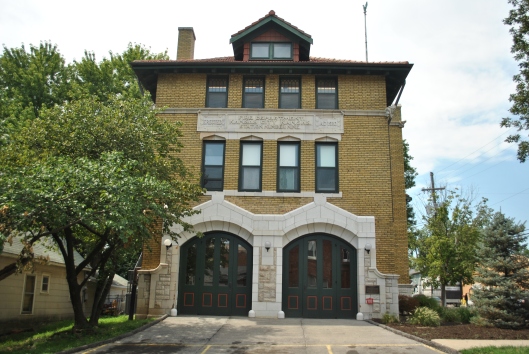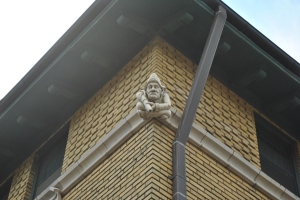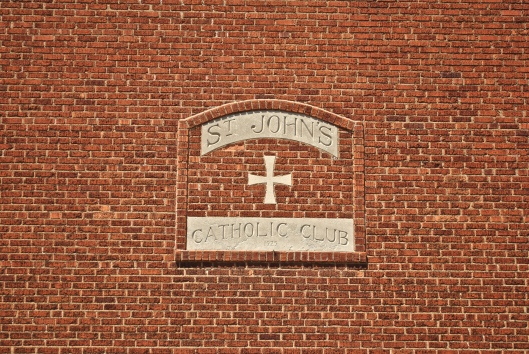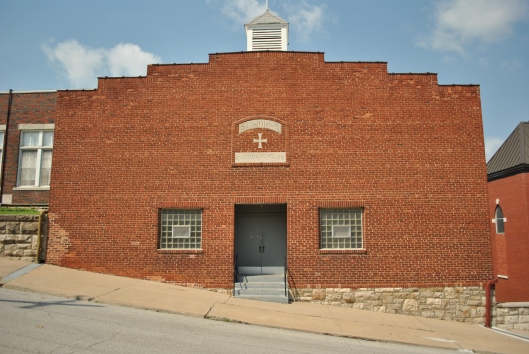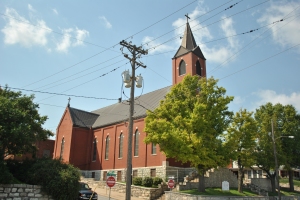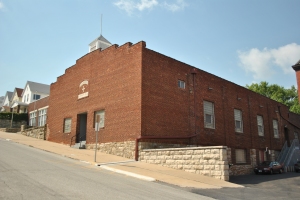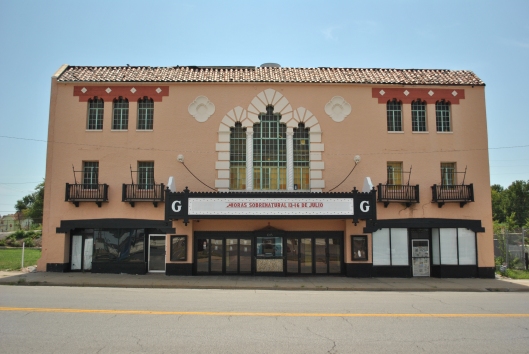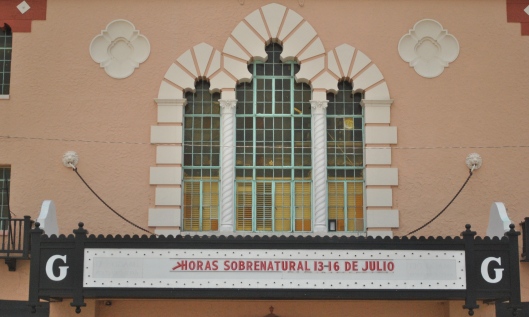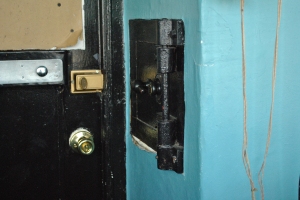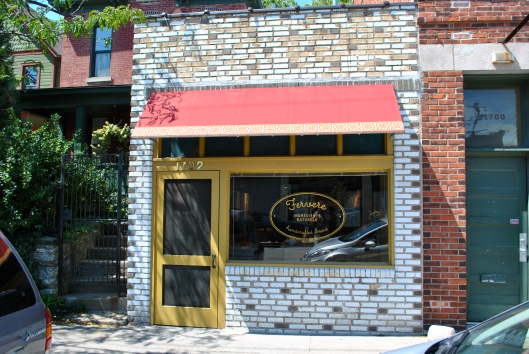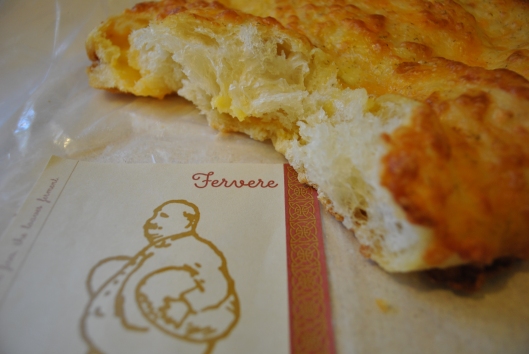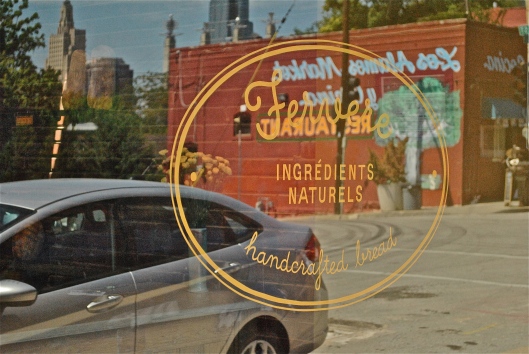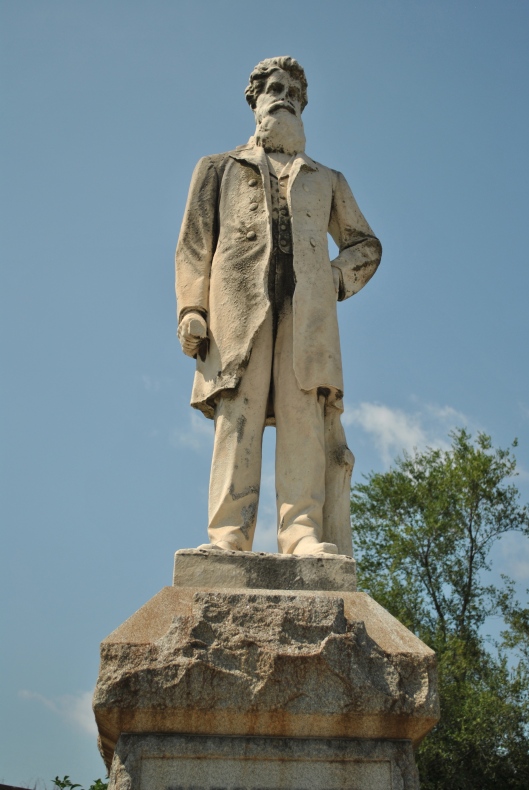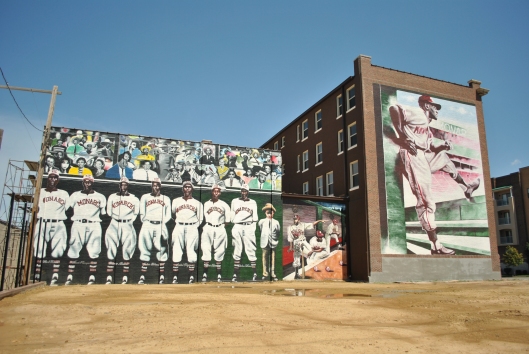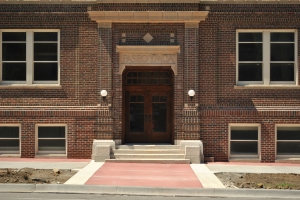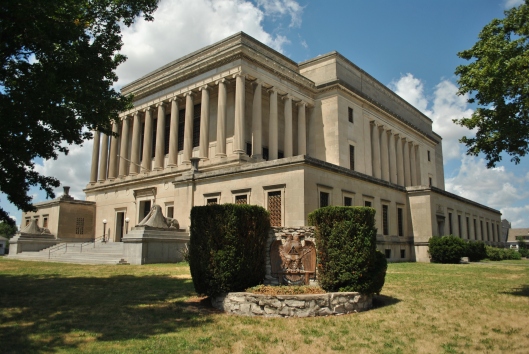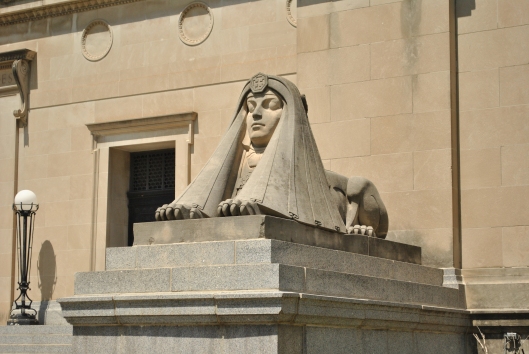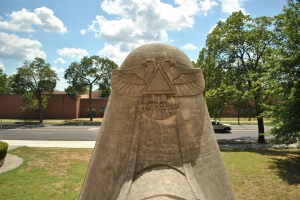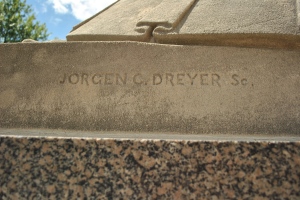 One of the best chocolatiers in the country is based in Kansas City. Christopher Elbow’s store, located at 1819 McGee in the Crossroads District, offers an eclectic assortment of chocolate products. From bars, bite size pieces, drinking cocoa, and ice cream (Elbow’s recently opened up two ice cream stores, Glacé), this place is a chocolate lover’s dream. There is also a viewing area where you can watch the chocolate creation process. The bite size pieces are the star of the store, however, and some of the more unique flavors include single malt scotch, cinnamon black tea, and bananas curry. There are also more traditional chocolates available.
One of the best chocolatiers in the country is based in Kansas City. Christopher Elbow’s store, located at 1819 McGee in the Crossroads District, offers an eclectic assortment of chocolate products. From bars, bite size pieces, drinking cocoa, and ice cream (Elbow’s recently opened up two ice cream stores, Glacé), this place is a chocolate lover’s dream. There is also a viewing area where you can watch the chocolate creation process. The bite size pieces are the star of the store, however, and some of the more unique flavors include single malt scotch, cinnamon black tea, and bananas curry. There are also more traditional chocolates available.
 Elbow, who’s from Liberty, got his start at Lincoln Country Club after attending the University of Nebraska. He moved on to Las Vegas before coming back to Kansas City and settling at The American Restaurant where his chocolates became well known. He eventually opened his own store on Southwest Boulevard before he moved into his current location in 2007. He’s seen double digit growth every year and his chocolates were ranked #1 in the country by Food and Wine Magazine in 2009.
Elbow, who’s from Liberty, got his start at Lincoln Country Club after attending the University of Nebraska. He moved on to Las Vegas before coming back to Kansas City and settling at The American Restaurant where his chocolates became well known. He eventually opened his own store on Southwest Boulevard before he moved into his current location in 2007. He’s seen double digit growth every year and his chocolates were ranked #1 in the country by Food and Wine Magazine in 2009.

